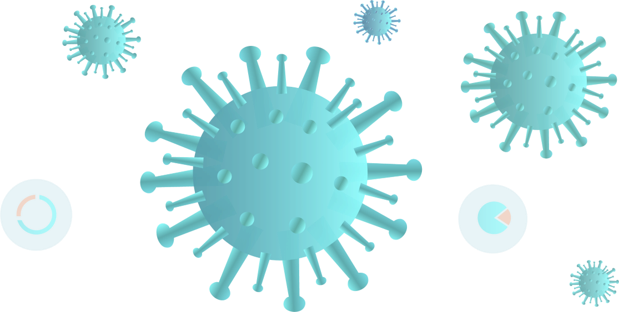By calculating the population frequency of mutation sites at each time point, the dynamic trend of the mutation sites over time is displayed in the form of heatmap. For example, population frequency of site 11,083 located in gene ORF1ab gradually increased from 0 to 22%, and then decreased to 8% as the epidemic progressed (see the area that gradually changes from blue to red).
